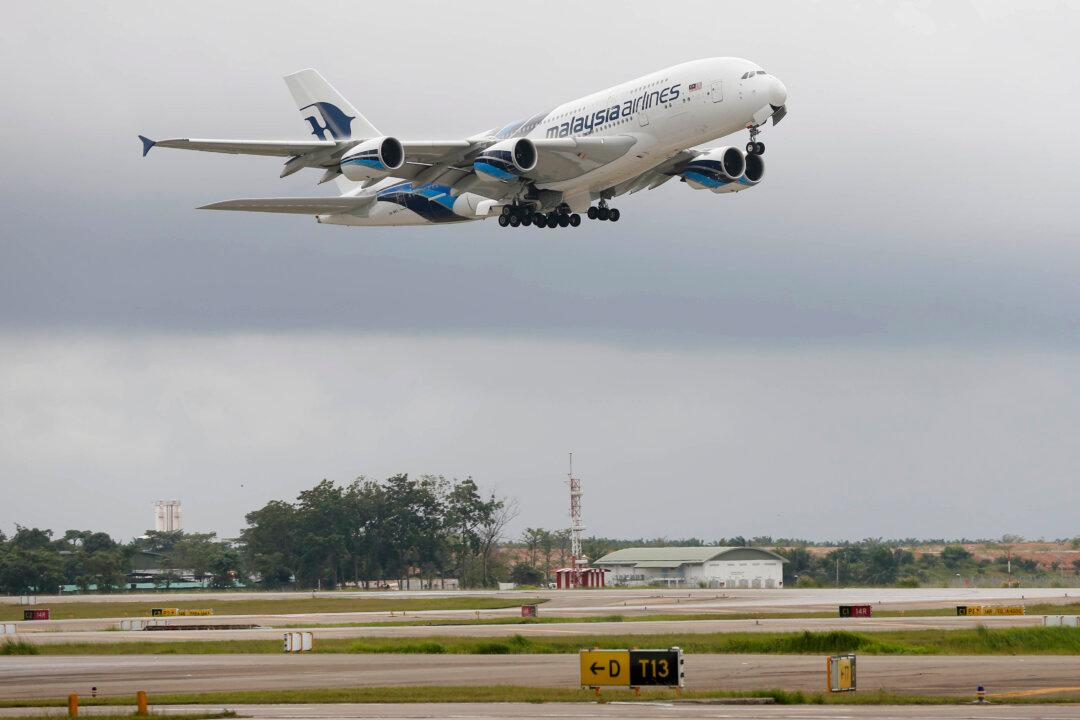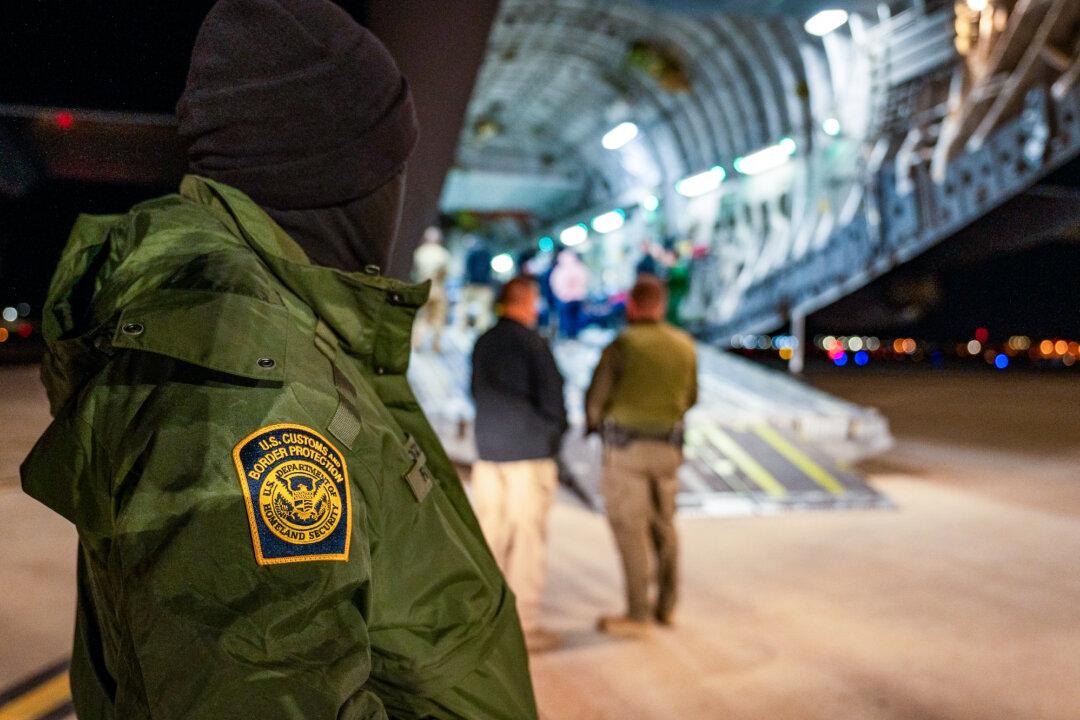The vastness of the Southern Indian Ocean, one of the most remote places on Earth, might prove to be too much for search crews trying to find Malaysia Airlines Flight MH370, which disappeared a year ago on March 8.
As of this week, more than 26,000 square kilometers have been searched in the southern Indian Ocean, or about 40 percent of the priority search area. The search area is located hundreds of miles off the coast of Perth, Australia, and is about the size of the state of West Virginia and can be as deep as three miles. Bad weather and extreme ocean currents are a feature.
A year ago, FlightGlobal, an aviation analysis website, noted that “if the aircraft went north it will be found one day. If it went south there is no guarantee it will ever be found in the vastness of the southern Indian Ocean,“ which certainly still appears true. Meanwhile, another post on the site on Friday says that of the more than 100 points of interest in the search, ”none has been classified as worthy of immediate investigation” to date.





